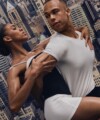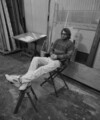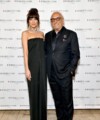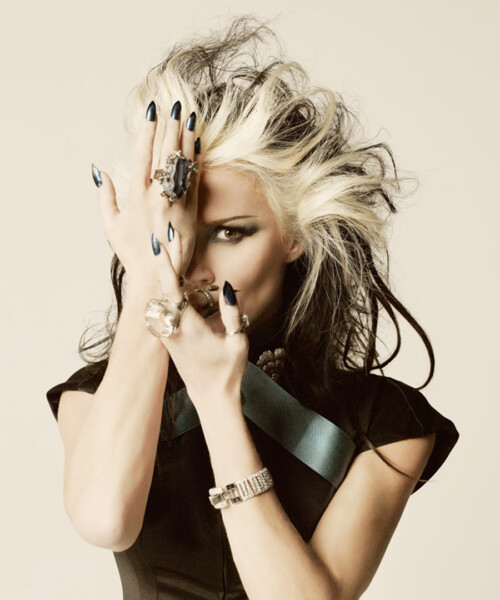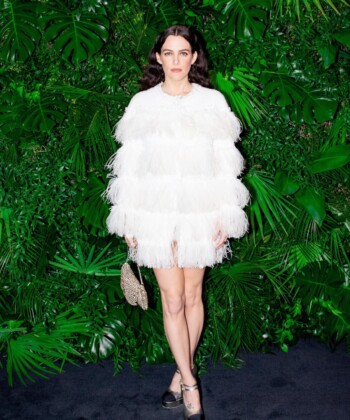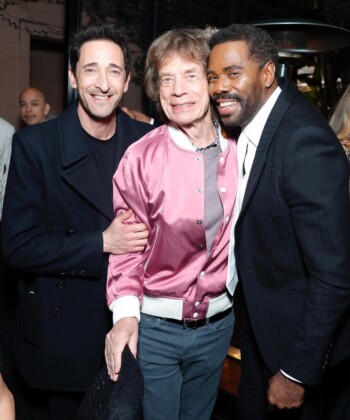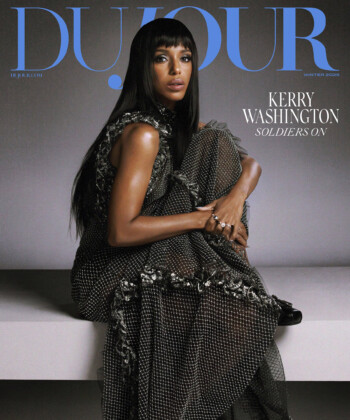For decades, Daphne Guinness—heiress to that empire of velvety Irish stouts—has captured international attention for her work as a model, actress, film producer, philanthropist, art collector and avant-garde fashion impresario; no less than Lady Gaga has called her “a living legend and muse to the greats.”
The genius of Guinness has always found its origin in the continuous and outrageous reinvention of her public persona, and graphologist Annette Poizner says the handwriting sample above gestures to her theatrical instincts. “The way she’s framed the writing, she’s spaced it like a work of art. There is a self-consciousness and an orientation that has her ever mindful of life as exhibition.”
It’s true that Guinness’ well-documented love of couture turned the business of self-presentation into an art form, and the unexpected ensembles she’s donned have made her an inspiration to generations of designers. At 48, however, Guinness is preparing to unveil a transformation of a more interior nature. In the wake of a heartrending period that saw the death of not only her brother, but also her close friends Alexander McQueen and Isabella Blow, Guinness found herself with a desire to revisit an old passion: singing. The result is her recently released debut album, Optimist in Black, a lyrically driven collection of songs with a strong element of showmanship that takes cues from masters like The Doors and David Bowie—the latter having visited Guinness’ studio and heard much of the album before his death.
“It’s very raw,” Guinness says. “It’s a horrible tragedy suddenly having these holes in your life. I got really stuck on, Why did this happen? Why couldn’t one stop it all? And what are we supposed to do? This album was talking therapy, in a way. To me, visuals feel like a cooler art—meaning cold—but with music and words it’s very real. You can hide behind the rhyming and put a funny word here or there, but when you pick it apart, it’s pretty obvious what it’s about.”
Optimist in Black is a testament to meeting grief head-on, and Guinness motions to the Oscar Wilde quote above as a reminder that there is no true escape from yourself. “Sometimes you wake up and look out the window and think, Oh, not me again, what a drag,” she says. “But really, it’s just impractical to be someone else. Life is a lifelong process.”

Handwriting sample from Daphne Guinness
1. She writes in a way that is very large to say, “look at me,” and uses very dramatic extensions that command attention.
2. The crossbar of the capital E would rightly connect to the next letter. But she constantly stops herself; she doesn’t trust flow. She wants to choreograph everything.
3. On one hand, these embellishments are like jewelry for her. Accent pieces that say, “See my style.” On the other hand, that curling stroke is a cover—a hat. She is very private.
4. Look at the word taken. The small case letter a is sheltered, housed separately and securely with walls on each side and a ceiling over top. She constantly creates little safe spaces.
5. There is a formality to this writing. Most letters are separate from the next letter, indicating a strong sensitivity to appearances.








